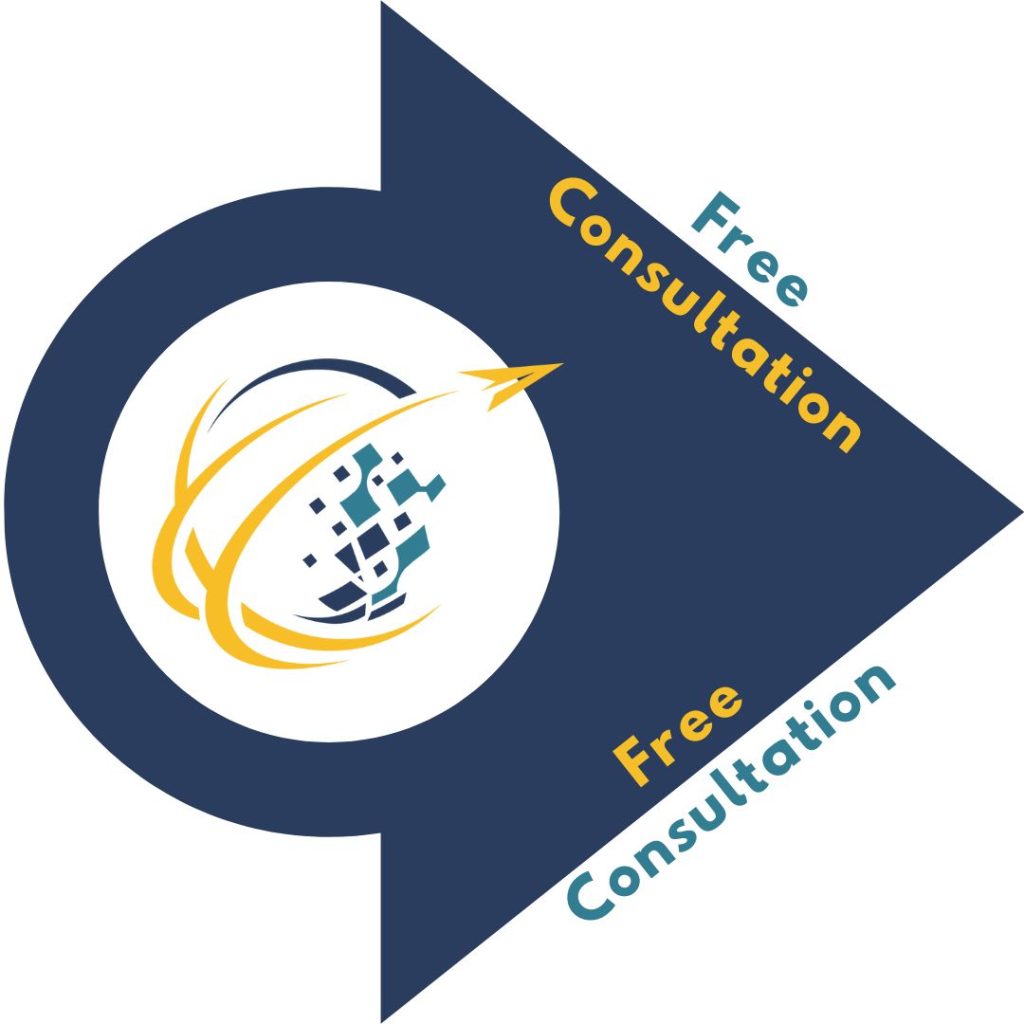
Why Measuring the Impact of Change Management Is Critical
Measuring the impact of change management is about assessing whether the changes implemented are meeting the goals set out at the beginning of the process. Every change initiative has specific objectives, whether it’s improving operational efficiency, increasing revenue, or enhancing employee engagement. By measuring impact, organizations can determine if these goals are being met and what adjustments may be needed along the way.
Resistance to change is a significant challenge many organizations face. Tracking resistance levels and feedback from employees helps identify obstacles that hinder progress. For example, understanding the pace at which employees are adopting new processes or tools can reveal the level of resistance and allow leaders to intervene where necessary. Monitoring how effectively employees are using new systems or processes also helps determine how well they have adapted to the changes.
Effective change management is closely linked to communication. Measuring the effectiveness of communication ensures that messages are being understood, and that employees are clear on what is expected from them during the change process. Conducting surveys, tracking engagement with communication materials, and gathering feedback on clarity and frequency are useful methods to assess how well communication strategies are working.
Key Metrics for Measuring Change Management
To properly assess the success of a change initiative, organizations must track both qualitative and quantitative metrics. Some of the key metrics that can be used to evaluate the effectiveness of change management include:
Adoption Rates: One of the most telling metrics is how quickly employees are adopting new processes, technologies, or ways of working. Adoption rates can be measured by tracking how many employees are using a new system, attending training sessions, or following new protocols within a given timeframe.
Speed of Adoption: This metric tracks how quickly employees are adapting to changes. For example, it might assess how long it takes for employees to become proficient with a new software platform. The faster the adoption, the more likely it is that the change management process was successful.
Employee Feedback and Engagement: Employee engagement is crucial for change management. Surveys and focus groups can provide valuable feedback on how employees perceive the changes, whether they feel adequately supported, and if they believe the change will positively impact their roles.
Organizational Performance Metrics: These are broad indicators that show whether the organization as a whole is benefiting from the change. This could include financial metrics such as revenue growth, efficiency improvements, or customer satisfaction levels. Business KPIs are critical in understanding the overall impact on the organization.
Resistance Levels: Monitoring the level of resistance within the organization is also essential. You can measure resistance by tracking the number of complaints or issues, observing adoption delays, or interviewing employees to understand their concerns.
Training and Competency Levels: One way to measure change management is by evaluating the effectiveness of training programs. If training sessions result in high satisfaction levels and employees feel equipped to apply their new skills, this indicates the change initiative is on track.
Strategies for Effective Measurement
To effectively measure change management impact, organizations need a structured approach. One method is the Balanced Scorecard, which evaluates four areas: financial outcomes, internal processes, customer perspectives, and employee engagement. This offers a complete view of how changes affect different business aspects.
The ADKAR Model is another valuable tool that focuses on employee adoption. It measures progress in five stages: Awareness, Desire, Knowledge, Ability, as well as Reinforcement. This ensures that managers support employees throughout the change process.
Real-time data helps monitor progress efficiently. Digital tools and feedback apps give quick insights into employee responses, enabling swift adjustments. Regular check-ins and stakeholder meetings help identify issues early, preventing major obstacles.
Continuous Improvement and Real-Time Adjustments
The process of measuring change management impact is not a single event. Continuous improvement is necessary to achieve intended outcomes. Regularly reviewing metrics and gathering feedback helps organizations identify areas for improvement and take corrective actions. For instance, if adoption rates are slower than expected, managers may need to provide extra training or communication to support employees.
In conclusion, measuring change management impact involves tracking quantitative metrics, gathering qualitative feedback, as well as reviewing progress. By focusing on adoption rates, communication, and also resistance levels, organizations gain insight into their change initiatives. Real-time adjustments based on data are crucial for long-term success.

